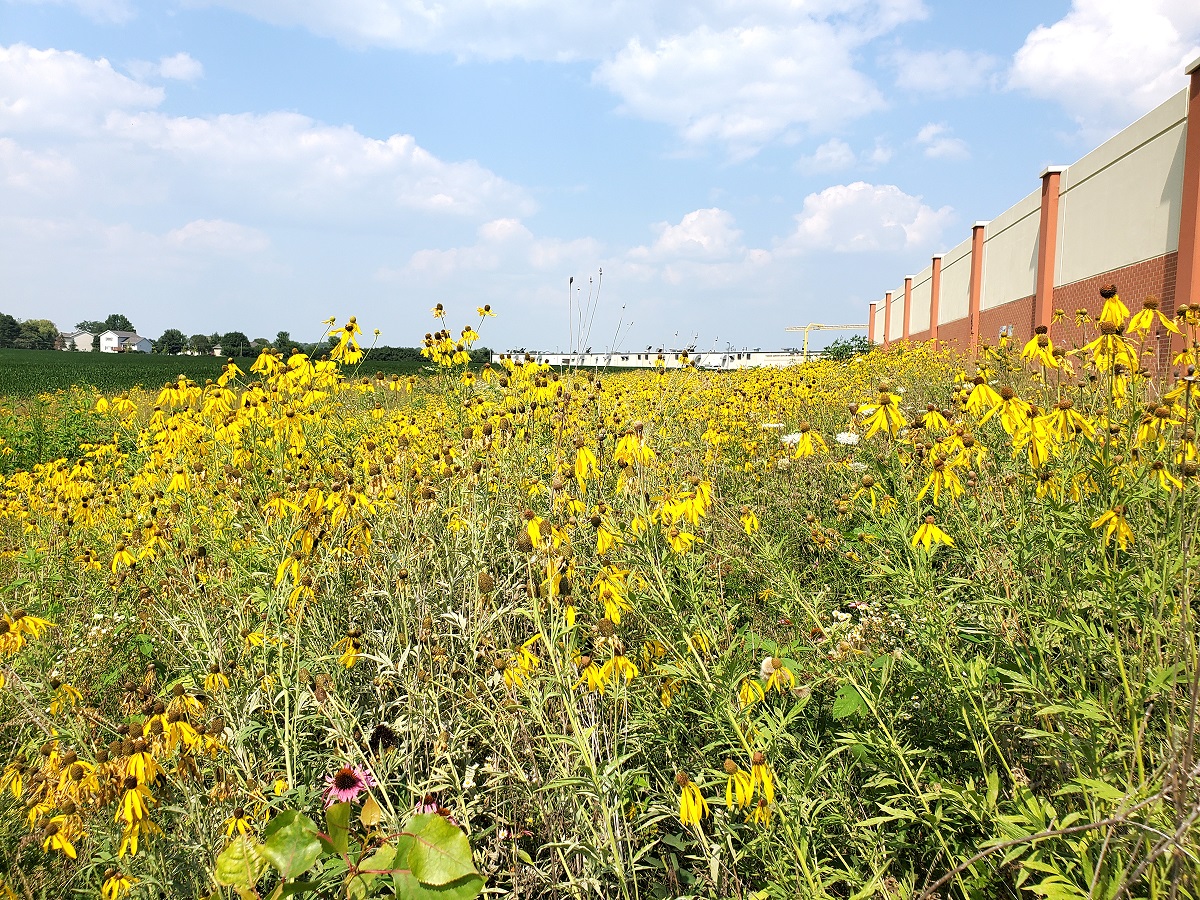Pollinators are the reason we can eat and drink the foods we love, including over 1,200 food crops and 180,000 plants worldwide.
Pollinators play a vital role in the U.S. economy. In 2022, the U.S. Department of Agriculture said pollinators account for more than $18 billion in crop production annually.
According to Jay Watson, conservation biologist with the Wisconsin Department of Natural Resources, roughly 33% of the food and drink we consume relies on the work of pollinators such as bees and butterflies – and they’re dying off due to habitat loss and pesticide use.
We can turn this around and help save the pollinators. One way to help is to build your own pollinator garden at home. Here’s how:
- Plan your habitat. Determine where you’d like your habitat to grow and select native plants such as wildflowers or milkweed that do well in that environment, whether there’s shade or full sun.
- Prep your habitat. First, make sure to avoid digging where utility lines may be in your yard by calling 811. Then remove any current plants or invasive species that might overrun the new pollinator habitat.
- Plant your habitat. In either the late fall or early spring, till the area to loosen the soil. Then you can easily plant the seeds where they’ll have plenty of room for roots to grow and absorb water.
- Watch your habitat grow. Routinely water the habitat in the early stages and pull any invasive species that make their way into your garden. It may take multiple seasons for certain plants to grow and bloom. Don’t get discouraged! Eventually you’ll get to enjoy watching butterflies and other pollinators frequent your garden.
If you want to do more, learn about making seed balls at home or creating a winter greenhouse.
Find out more about Alliant Energy’s efforts to maintain prairies, plant pollinator habitat at solar projects and care for the environment in other ways on our wildlife conservation page.


